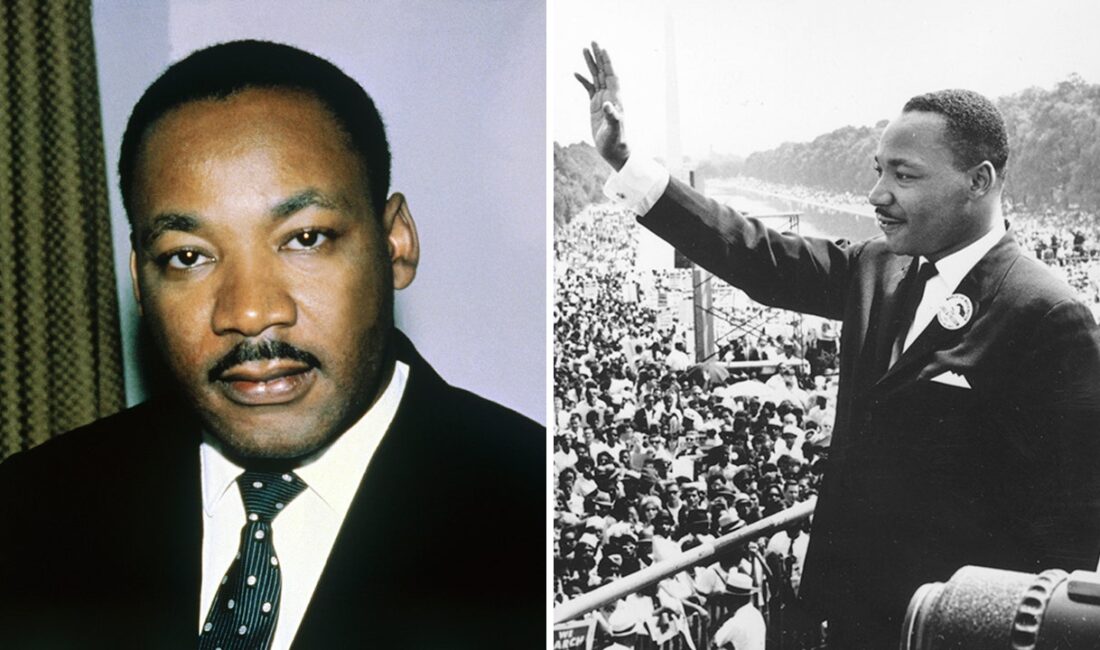Trump Administration Releases Extensive MLK Assassination Files
The Trump administration has unveiled a significant trove of documents related to the assassination of Martin Luther King Jr., providing new insights into the tragic event that shook the nation. This release includes over 6,300 documents and an audio file, totaling nearly 243,496 pages, shedding light on various aspects of the investigation and its aftermath.
Key Revelations from the Released Documents
Encounter with MLK’s Assassin Prior to the Murder
One intriguing detail comes from a Texas resident, Joseph Meyer, who reported a potential sighting of James Earl Ray, the man who assassinated King. Meyer claimed he encountered a man firing a rifle in Mississippi just two weeks before the assassination. During a fishing trip, he described the individual as approximately 5’10" tall with dark, well-groomed hair, dressed in hunting attire. Although he noted some resemblance to Ray, he expressed uncertainty about identifying him again.
CIA’s Monitoring of International Reactions
The CIA compiled a report detailing Cuba’s response to King’s assassination, which highlighted the violence and unrest that erupted across the United States. The report documented that 27 individuals were killed in the ensuing chaos, with thousands more injured or arrested. Cuban media amplified calls for violence from certain activists, notably Stokely Carmichael, who urged armed resistance against perceived oppression.
Threats Against King Prior to His Death
An FBI report revealed that a man named Theodore Adank threatened to kill King during a press conference in May 1967. Adank, who posed as a journalist to gain access, was later identified as a potential threat but was deemed mentally unstable. Investigators found no direct connection between him and the assassination.
James Earl Ray’s Use of Aliases
The FBI discovered that Ray used multiple aliases leading up to the assassination. He purchased the murder weapon under the name "Harvey Lowmeyer," while also using the alias "Eric Galt." This information was crucial in piecing together the timeline of events surrounding King’s death.
Speculations from Ray’s Brother
In a post-assassination interview, Ray’s brother, Jerry Ray, suggested that James may have been manipulated or paid by a third party to take the fall for the assassination. He expressed doubts about his brother’s involvement, indicating that he believed James was used in a larger scheme.
Chinese Propaganda Following King’s Death
U.S. intelligence also uncovered propaganda from the Chinese Communist Party, which called for an uprising against "yankee imperialists" in the wake of King’s assassination. This document framed the struggle for civil rights in America as part of a global revolutionary movement.
CIA’s Denial of Involvement
Among the released documents was a CIA paper prepared for an interview with journalist Dan Rather in 1975, categorically denying any involvement in King’s assassination. This document aimed to address lingering conspiracy theories surrounding the agency’s potential role in high-profile assassinations.
Conclusion
The release of these documents not only provides historical context but also raises new questions about the events surrounding Martin Luther King Jr.’s assassination. As more information comes to light, the legacy of King and the circumstances of his death continue to be subjects of intense scrutiny and discussion.
For those interested in delving deeper, the full documents are available for review through the provided links.


